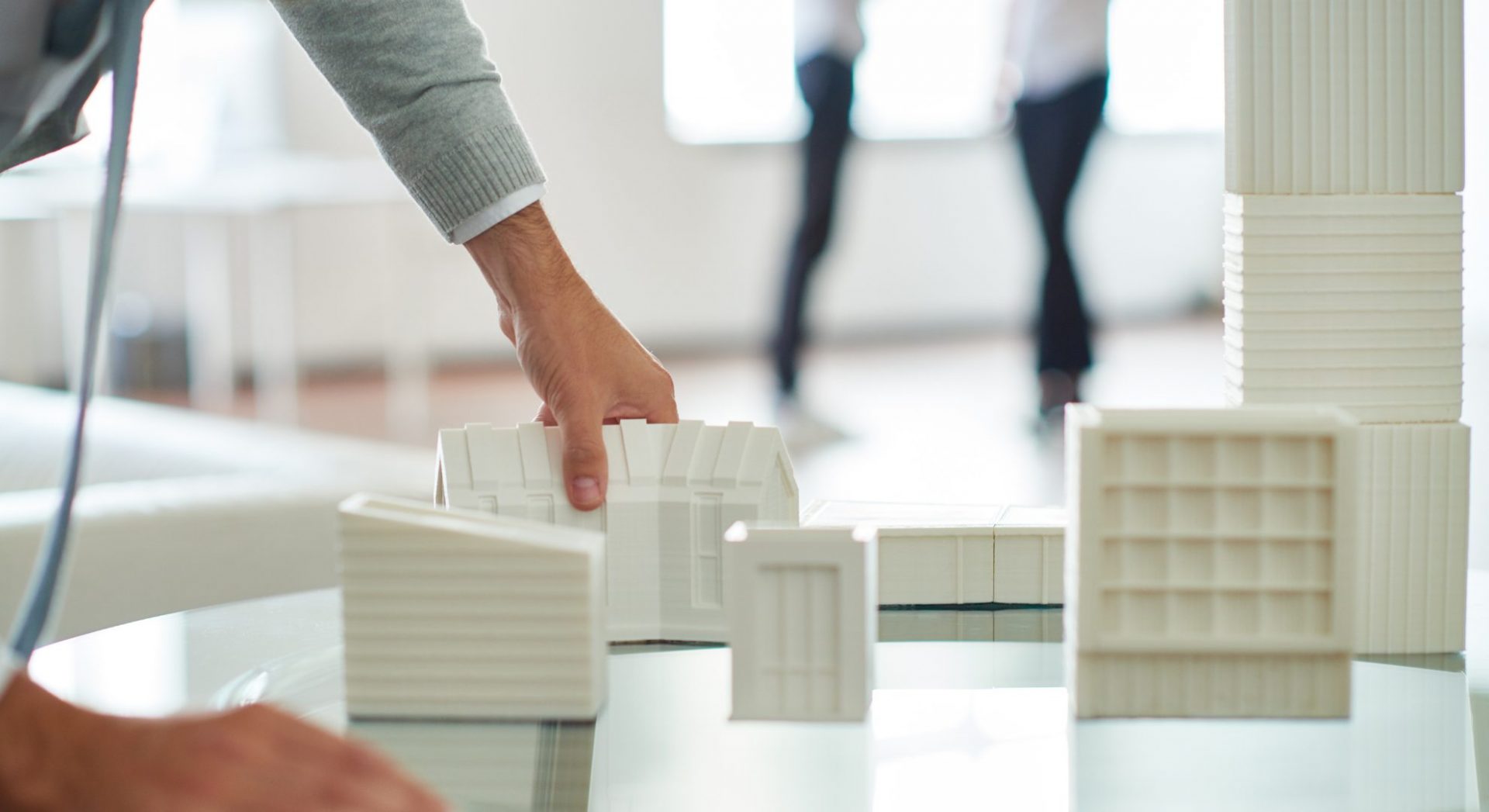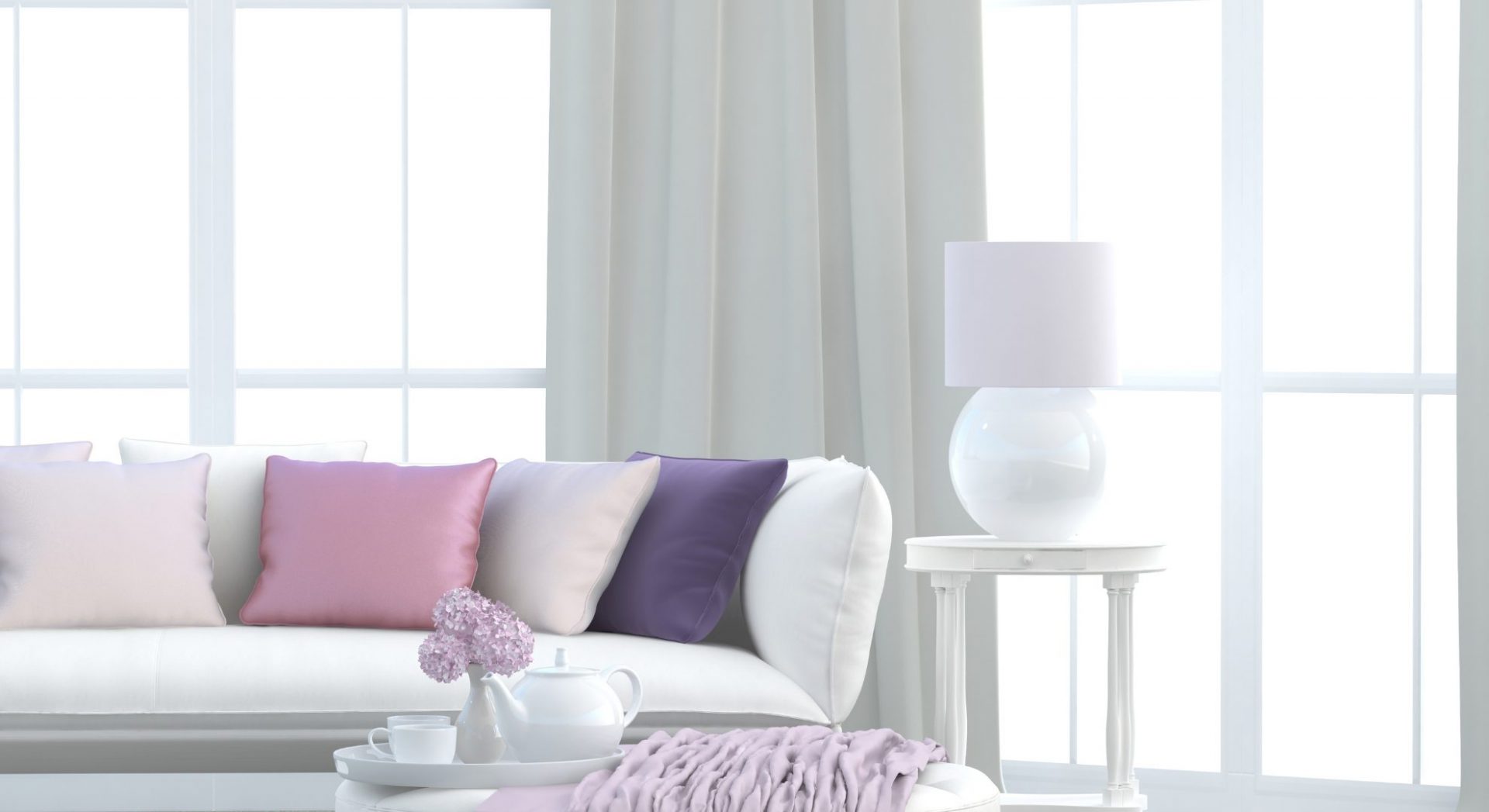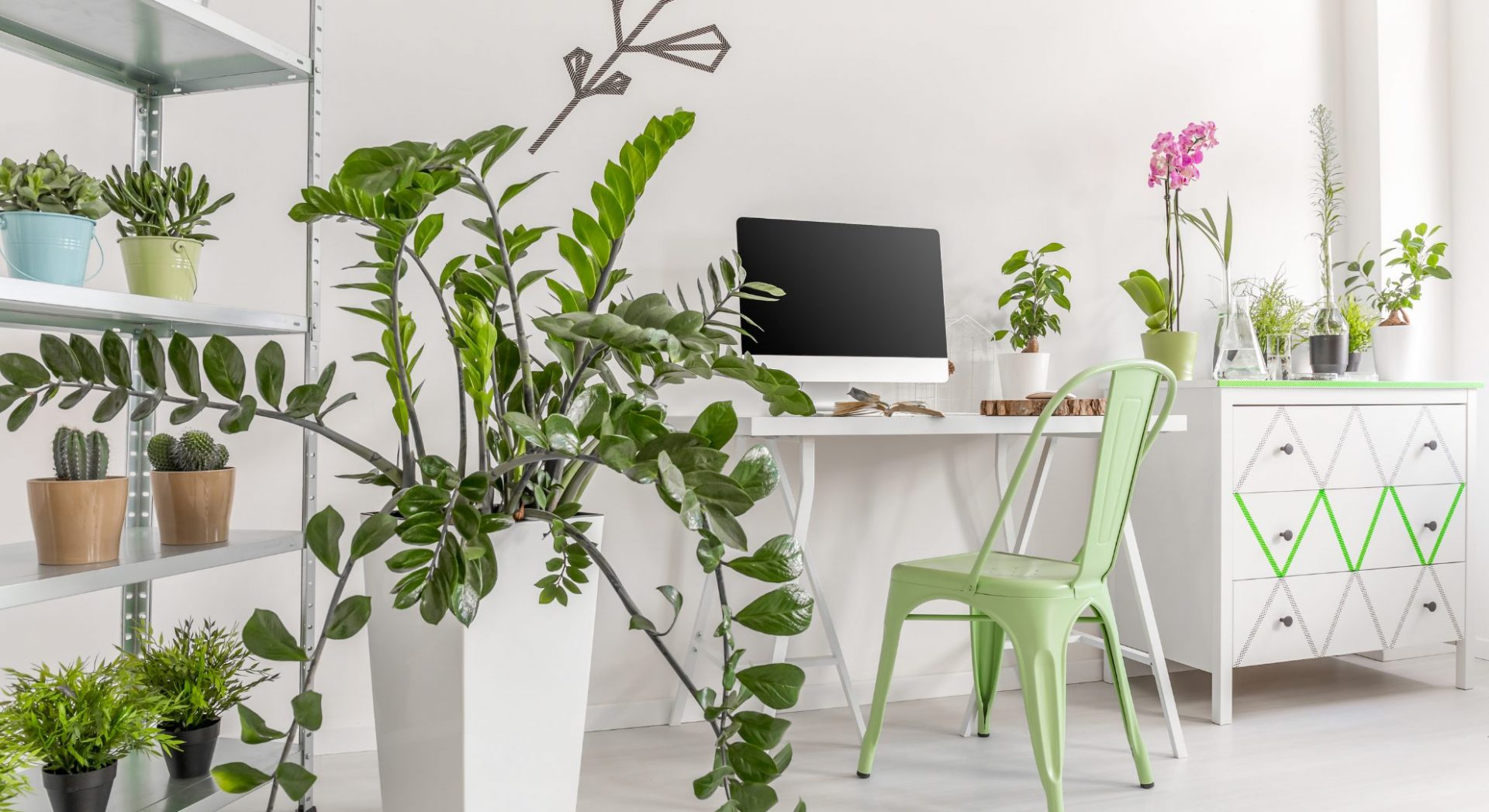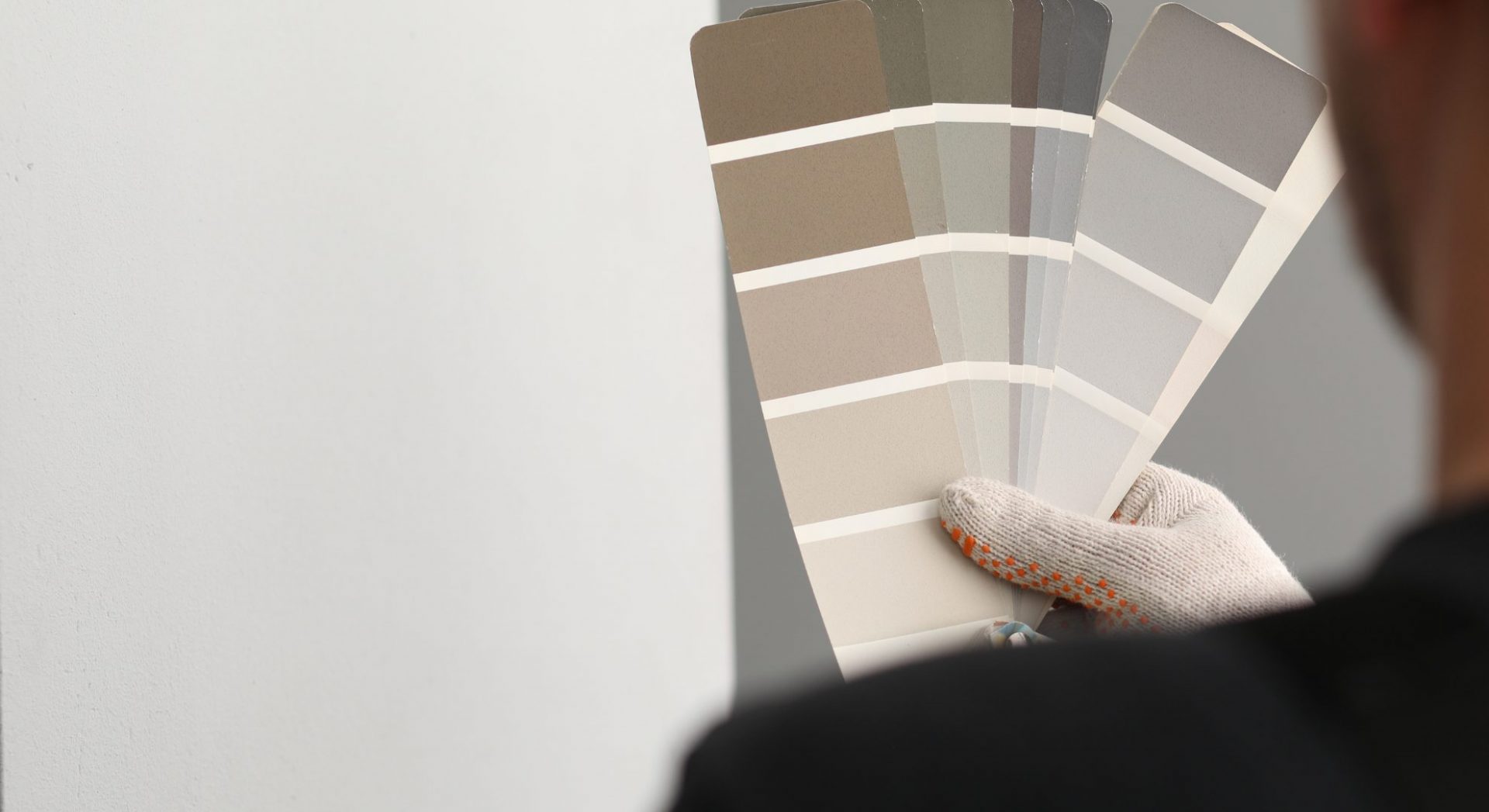Over the previous couple of years, most people have realized the importance of building a sanctuary and a place of survival out of their homes. Many have come to this epiphany when locked down at their homes as part of the health protocols and safety measures during the pandemic. We’ve suddenly become more willing to create mindfulness and wellness in our lives, and one of the many creative ways of doing so is incorporating Feng Shui principles with the architectural and interior design of our homes, especially in the upcoming Chinese New Year.
According to Feng Shui experts, the practice of placing and arranging objects, and following structural designs that take advantage of auspicious ‘chi energy’ is an ancient Chinese art that influences many people who want to bring only positive vibes into their homes. This energy is believed to be based on the patterns of Yin and Yang. There might be some who see Feng Shui to be impractical and just a superstitious belief, but architects and interior designers in the Philippines and from around the world actually practice it. Feng Shui, you could say, is not only about decorating, performing rituals, nor memorizing mantras. It’s about finding harmony with your home design and balance in the elements inside of your abode.
If you’re in the process of house hunting and still looking through thousands of property listings or the process of house renovation, let’s take a look at what Feng Shui says about your home or potential home that could help you evaluate the look and feel you should go for.

If you prefer a pre-owned residential property, research its history. Don’t be shy to ask questions to your real estate brokers or the owners of the house you wish to buy. Investigate if there are patterns of negative events that transpired in that house. Examples of these are untimely deaths or marital issues that end up badly because the patterns of the home after time may also emerge in your own life. It’s also helpful to know the history of the land where the house sits on.
The ideal proportion is square or rectangle. The layout of these shapes make a structure stable and solid. It allows chi to flow smoothly around all corners of your house. It’s also logical and efficient. It makes a house easy to navigate, and there’s little to no obstructions or confusing walkways or room placements.
Ask yourself this. Does the overall look and feel of the house seem right to you? Is it easy to locate? If it’s inviting and feels safe, it’s likely that the house has a good curb appeal to it. It attracts good energy and it means that it is well-maintained.
If the neighbors care enough to make their homes to be in good condition, then you’ve hit the jackpot. It means you’re surrounded with people who also invite prosperity to their homes. The locations that you need to avoid are those near cemeteries, empty lots, or dilapidated buildings.
Other than it isn’t a good design, a home that is below street level needs reevaluating. You would want a home that is easy to find and has a marked front door. The main door to your home is considered the ‘mouth of qi.’ Consider the path from the street to your door. Remove any obstacles like greeneries blocking the view from your main door.
The purpose of writing this article is not to force Feng Shui on anyone. We can all agree that we all have beliefs about anything. Some may religiously practice Feng Shui, some may not, and that should not be an issue. For some who do not practice its principles but end up having a design that seems to follow the rules of Feng Shui, we have to remember that there’s other reasons behind the design process of architects, and they share the same purpose as Feng Shui experts and architects practice it, and that is to make their client’s or the homeowner’s home design efficient and the space functional. If you think you don’t have the time and budget to redo your home now, that’s absolutely fine. We can’t just have our homes torn down and rebuilt in a snap of a finger. However, if you are willing to follow the Feng Shui principles, there are less costly ways to do just that.

When you clean up the mess in your house, chi can easily bring good health, wealth, and luck into your home. Clear your closets, cabinets, and shelves. Get rid of old things that you don’t often use or do not use at all. Any outdated or broken objects must also be put away for good.

Ensure constant flow of good energy throughout each and every space in your lovely abode. Maximize the light movement by decluttering your house and opening its windows to increase air flow. You can also add large mirrors and place a light near or in front of it to help reflect the light from a different spot.

Add plants to your home to attract vibrant chi energy. When kept healthy, their life force creates pure air and attracts good energy. You would want to choose low-maintenance plants that do very well indoors. For example, lucky bamboo, peace lily, ficus, rubber plant, english ivy, palm, and boston ferns. Avoid adding cactus into your plant collection as they lack the need for water which translates to wealth in Feng Shui, and their spikes means unfriendly, which also suggest bad vibes to one’s home.

Activate the good energy in your home by choosing your favorite color or the color that is assigned to your elements. Experts use wood, fire, earth, metal, and water colors to direct positive chi to a property to have a positive impact on the owner’s wellbeing. Examples of colors for each element are blue and green for wood, red for fire, yellow and brown for earth, white and beige for metal, and dark blue and black for water.
In Feng Shui, it is said that everything is composed of two opposing but connected forces. Yin means female and Yang as masculine. It also suggests the balance of forces such as night and day. As you decorate your home, make sure to create a balance through the concepts of Feng Shui that goes beyond art and science. Consider directions, numbers, elements, and mix-and-match rules to give you a good start. Get decorative items that also follow the principles of Feng Shui.
To give you an idea on which decor to add to your home to complement your Feng Shui house layout, you can visit our article about Ikea Philippines. While you can check out our architectural and interior design services should you need an expert on Feng Shui. To explore our property listings, you may visit our Featured Properties.

